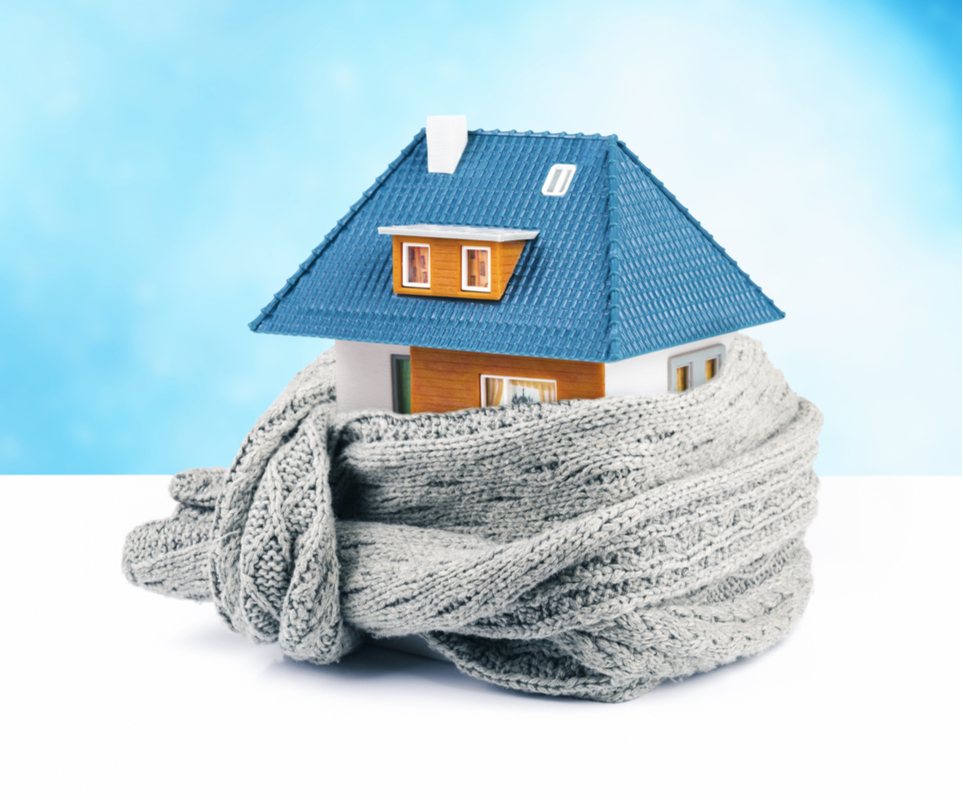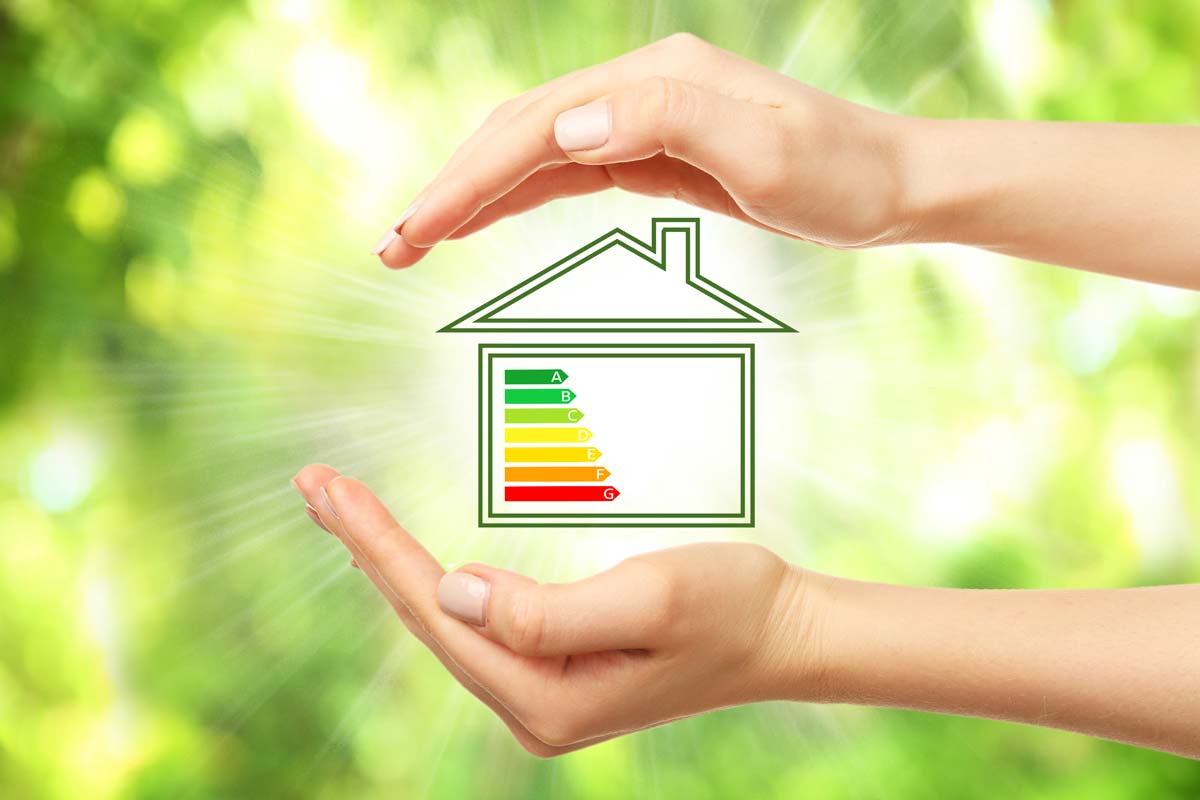
Other Home Improvements

The average household spends around £1,249 a year on heating and power, according to the Office of National Statistics, making energy one of the biggest annual costs for UK families.
When budgets are squeezed, energy prices can really cause a pinch on your finance – but there are ways you can further reduce your gas and electricity bills.
What are Other Home Improvements ?

Draught Proofing
Draught-proofing is one of the cheapest and most effective ways to save energy – and money – in any type of building.
Underfloor Insulation
Insulating under the floorboards on the ground floor will save you about £40 a year, and you can seal the gaps between floors and skirting boards to reduce draughts.
Insulating Tanks
Lagging water tanks and pipes and insulating behind radiators reduces the amount of heat lost, so you spend less money heating water up, and hot water stays hotter for longer.
Energy Efficiency Lightbulbs
Inefficient light bulbs continue to be phased out across the EU, helping people to save money and the environment.
Smart Meters
Smart meters are the next generation of gas and electricity meters. Together with their accompanying in-home displays, smart meters will help you keep track of the energy you use in your home, and will cut out the need for meter readings.
Bathrooms
Energy Efficient Shower Head
If you’re renovating your bathroom, make sure to purchase energy efficient to help reduce water usage throughout the home. There are many different styles of shower head to choose from which are designed to aerate the water more thereby reducing water usage without a negative impact on your shower experience. A water efficient shower head could save a four person household (e.g. a family of four or even a shared student flat) around £75 a year on gas for water heating, as well as a further £120 on water bills if using a water meter.* You should also look for low flush toilets – saving at least a litre of water per use. If you’re adding extra heating to your bathroom, such as a towel rail or underfloor heating, make sure it is installed with easy to use, accessible controls and ask your installer to explain how to use them to allow you to control them better.
*Calculation is based on the assumption that the family takes 20 showers a week and replaces a 13 litre per minute power-shower head with a 7.7 litre per minute water efficient shower head, and the family are charged £2.90 per cubic meter of water used (includes sewage charge).
Kitchens
If you're having a new kitchen installed and purchasing new appliances, choosing more efficient appliances will help save on energy bills. To help consumers looking to make the best choice, with low running costs and environmental considerations in mind, the Energy Saving Trust have been in charge of the Topten UK products list since 2015, an independent guide set up to highlight the leading products for energy efficiency. The list is based on comprehensive market reports to define specific criteria around what makes a top ten product. It also takes into account a range of models and costs to cover different preferences and budgets whilst always pointing consumers towards an efficient product. The list have to be updated at least every six months and tend to be based on trends where different product types are refreshed at specific times of the year.
Windows and doors
When installing new windows or external doors, they will have to comply with minimum Building Regulations. However, it’s worth going beyond the minimum and installing the most efficient ones you can afford. As well as making sure your doors are well draught-proofed, you could consider getting triple glazing rather than double glazing which also includes the benefit of reducing sound from outside noise should you live in a busy location.
Installing A+ rated double glazing in an entirely single-glazed house could save around £80 per year off heating bills of a typical semi-detached home and provide an altogether warmer and quieter home.


And Lastly, here is a few ideas on avoiding leaving appliances on standby

What should I look for when choosing appliances?
When looking for energy efficient appliances for your home, you need to look out for the energy ratings label on appliances and consider the size of the appliance that you require.
How do energy labels work?
Energy ratings are generally given to products based on their size category. This means that two differently sized appliances with the same energy rating may use quite different amounts of electricity. For instance, an A rated 180-litre fridge freezer could cost only £39 a year to run, whereas a larger 525-litre fridge freezer with a better A+ rating could cost £52 a year to run.
It is best to check energy labels on products and look for the product with the best energy rating for the size you require.
How can I reduce my energy consumption?
Take control of your electric appliances
Watch our video to see how to manage the cost of using electrical appliances in your home.
Avoid leaving appliances on standby
On average UK households spend £30 a year powering appliances left in standby mode.
This is the energy used by certain appliances when not in use and not switched off at the plug. As well as standby power, other new additions to the average household’s collection of electrical goods such as broadband modems, broadband routers, digi-boxes and telephones use low levels of electricity when not in use. These are not items that we tend to think to turn off, but can gradually go on to consume a great deal of electricity over the year. For instance, a broadband modem router can consume as much as £8 worth of electricity if left on for an entire year.
Fortunately there are a number of products available to help cut down your standby electricity consumption, such as standby savers that allow you to turn all your appliances off standby in one go. Some come with timers and others come with a single off-switch.
Recent regulations specify that all electrical products sold within the EU after 2010 cannot have a standby power greater than 1W. Whilst the average standby consumption of new products is going down, households are being filled with more and more electronic gadgets, so it is still worth looking at your standby energy usage.
Choose your appliances wisely
The table summarises common appliances for the home and key considerations for each appliance type.
Home appliances and key considerations
Kitchen appliances
Cookers
We recommend choosing an oven with an energy rating of A+. A pyrolytic function can also be an energy intensive means of cleaning which can contribute to higher running costs. The energy label is now found on both electric and gas ovens, enabling consumers to make the most efficient choice for either fuel.
Microwave ovens
Microwaves often provide a much more energy efficient way of cooking food than in the oven. This is because microwaves oven use energy to directly heat your food, whereas electric ovens must also heat the air inside the oven.
Dishwashers
Dishwashers can take up a significant chunk of your electricity bill, costing on average £45 a year to run. The most efficient dishwashers on the market have an A+++ rating, they cost around £6 less to run than the lowest rated dishwashers that you can buy of the same size, and they use less water.
Fridges, freezers and fridge-freezers
These are switched on 24 hours a day, 7 days a week, so it's well worth finding models that are energy efficient. Typically choosing an A+++ fridge freezer over an A+ unit will save you about £200 in energy bills over the lifetime of the product. However, as the energy rating is based upon classification by size, choosing a smaller fridge will use less energy than a larger fridge with the same energy rating. You can compare the total energy consumption of appliances by looking for their yearly energy consumption in kWh / annum displayed on the bottom right of the energy label.
Kettles
Kettles are one of the most commonly used appliances in the kitchen. ECO kettles that only boil the amount of water required can use 20 per cent less energy than a conventional electric kettle. On average a UK household boils the kettle 1,500 times a year.
Tumble dryers
Drying clothes outdoors on a washing line or indoors on a rack costs nothing and uses no energy so it is the ideal way to dry your clothes. But if you need to use a tumble dryer, choose one with a good energy label rating such as an A++ or A+++. This will help to keep your energy bill down as much as possible.
Choose one with a sensor that tells you when your clothes are dry enough, preventing your clothes from being over dried.
Gas tumble dryers are one of the cheapest and most environmentally friendly type of dryer to run. But this type of dryer can be slightly more expensive to install as it needs a gas connection.
Electric heat pump tumble dryers are also very efficient as they recycle the heat from the ventilation tube back into the dryer, but after removing the water vapour from the air.
Washing machines
An energy efficient machine will save you money on your electricity bill and, if you have a meter, your water bill too.
Home entertainment
Digital or DAB (Digital Audio Broadcasting) radios
Digital radios are a popular consumer electronic products in the last few years due to superior sound quality and a wide range of extra channels. Digital radios generally consume more power than their analogue equivalents.
Digital television recorders
Recording your favourite shows doesn’t have to cost more in energy bills. In most homes, entertainment equipment accounts for almost a third of your electricity bill.
Televisions
Televisions can be the most power-hungry of all entertainment equipment, particularly the larger ones. The larger a television is the more energy it will consume, regardless of its energy rating. For instance, an A-rated 22" LCD TV would typically cost £6 a year to run whereas an A-rated 60" TV would cost £33. Choosing a smaller TV generally means choosing a more efficient TV.
- HD TV: These are now the most common type of television available in the shops. HD TVs have more pixels per square inch of screen area and therefore tend to consume more energy than SD (Standard Density) televisions. A smaller SD TV is likely to use less energy than an HD TV.
- LED, LCD and plasma screen are most common forms of flat-screen TVs on the market. LED and LCD TVs are not as good for seeing the screen from sideward angles, but otherwise there is little difference between the picture quality of these and plasma screen TVs. However, plasma screen TVs tend not to come in smaller sizes, and generally use more energy than similar sized LED or LCD TVs.
Computer equipment
Desktop, laptop PCs and tablets
Laptops typically use 85 per cent less electricity over a year than desktop PCs. Choosing a laptop over a desktop and reducing standby could save up to £17 per year.
Tablets have even lower energy usage - on average, tablets use 70 per cent less power than laptops.

